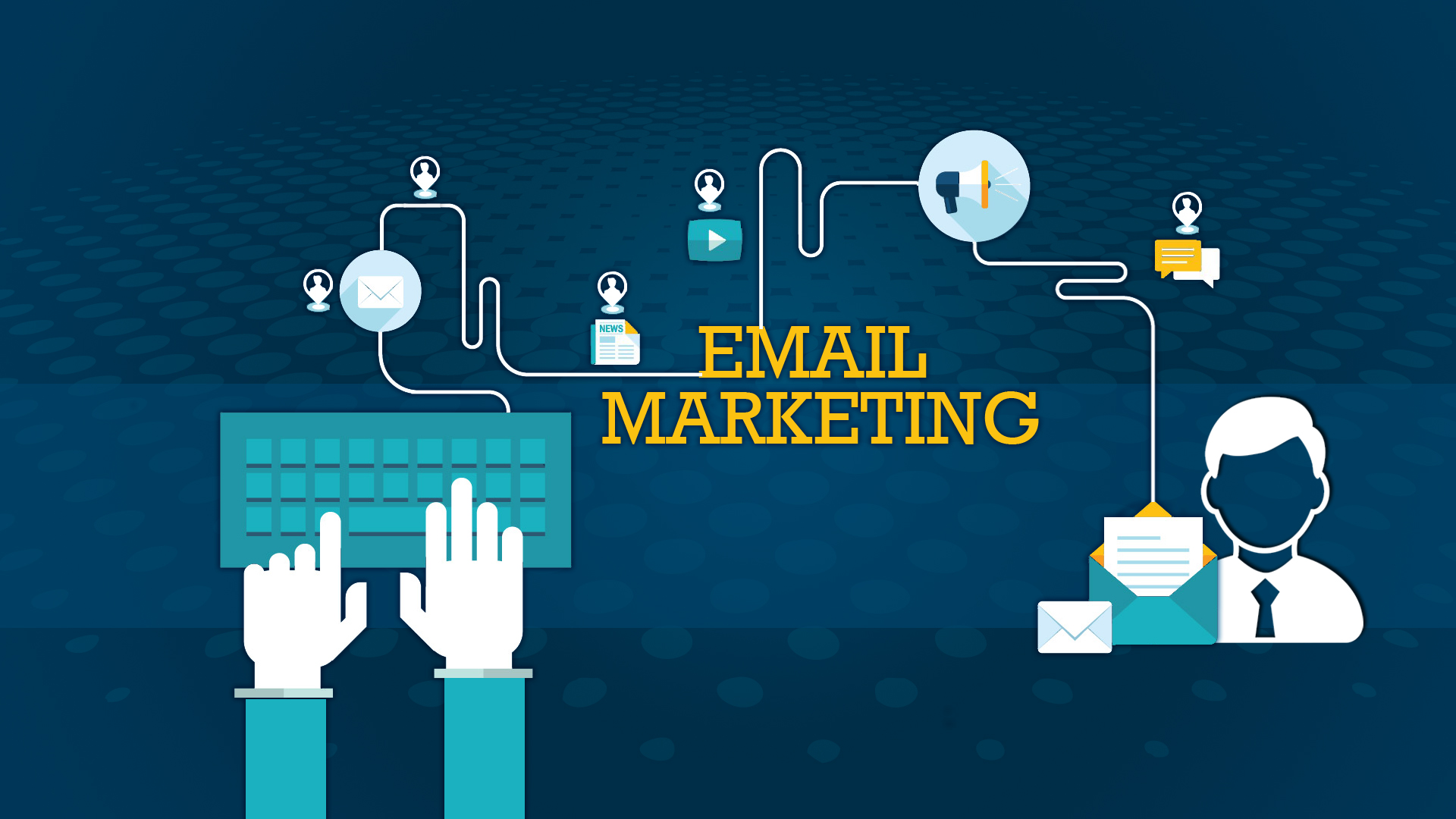
-
Build a Quality Email List: Focus on building an email list of subscribers who have opted in to receive your emails. Avoid purchasing email lists, as they often result in low engagement and can damage your sender's reputation. Instead, use organic methods such as website sign-up forms, social media promotions, and incentives to grow your list with genuine subscribers.
-
Segment Your Audience: Segmenting your email list based on demographics, interests, purchase history, and engagement behavior allows you to send targeted and personalized emails. Tailoring your messages to specific audience segments increases relevance and improves engagement and conversion rates.
-
Craft Compelling Subject Lines: The subject line is the first thing recipients see, so make it attention-grabbing and compelling. Keep it concise, relevant, and enticing to encourage recipients to open your emails. Avoid spammy language and excessive use of symbols or capitalization.
-
Personalize Your Emails: Personalization goes beyond addressing subscribers by their first name. Use dynamic content and personalization tokens to customize email content based on subscriber data such as name, location, past purchases, and preferences. Personalized emails are more likely to resonate with recipients and drive engagement.
-
Create Valuable Content: Provide value to your subscribers by offering informative, relevant, and engaging content. Whether it's educational articles, product updates, special offers, or exclusive discounts, focus on meeting the needs and interests of your audience. Delivering valuable content builds trust and credibility with subscribers.
-
Optimize for Mobile Devices: With the majority of emails now being opened on mobile devices, it's essential to optimize your emails for mobile responsiveness. Ensure that your emails are visually appealing and easy to read on smartphones and tablets by using a mobile-responsive design and testing across various devices and email clients.
-
Include Clear Calls-to-Action (CTAs): Every email should have a clear and compelling call-to-action that prompts recipients to take the desired action, whether it's making a purchase, signing up for an event, downloading a resource, or visiting your website. Use persuasive language and design elements to make CTAs stand out.
-
Monitor and Analyze Performance: Track key metrics such as open rates, click-through rates, conversion rates, and unsubscribe rates to measure the effectiveness of your email campaigns. Use this data to identify what's working well and what needs improvement, and make data-driven decisions to optimize your email marketing strategy.
-
Test and Iterate: Continuously test different elements of your emails, including subject lines, content, CTAs, send times, and frequency, to identify what resonates best with your audience. A/B testing allows you to experiment with different variations and refine your approach based on performance insights.
-
Comply with Regulations: Ensure compliance with email marketing regulations such as the CAN-SPAM Act and GDPR (if applicable). Obtain consent from subscribers before sending them marketing emails, provide a clear and easy way to unsubscribe, and include your physical mailing address and contact information in every email.

By following these best practices, businesses can create successful email marketing campaigns that effectively engage subscribers, drive conversions, and achieve their marketing objectives.
read also: Email Marketing: A Comprehensive Guide - Understanding the Key Components of Email Marketing
Comments on “Best Practices for Success in Email Marketing”